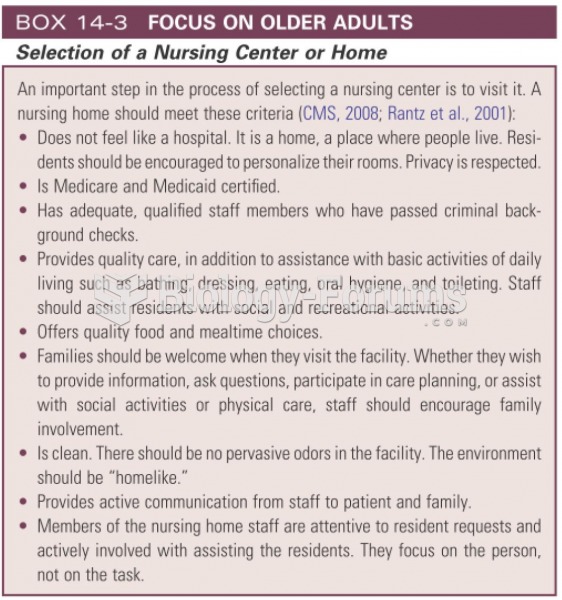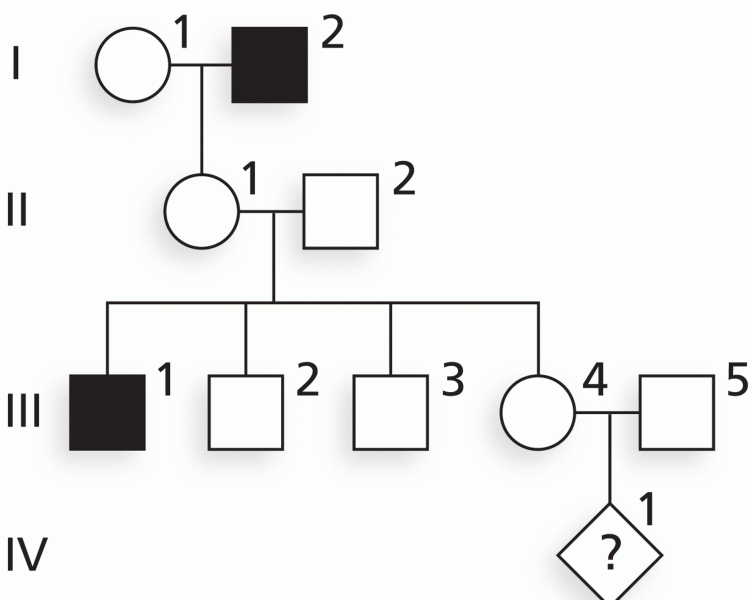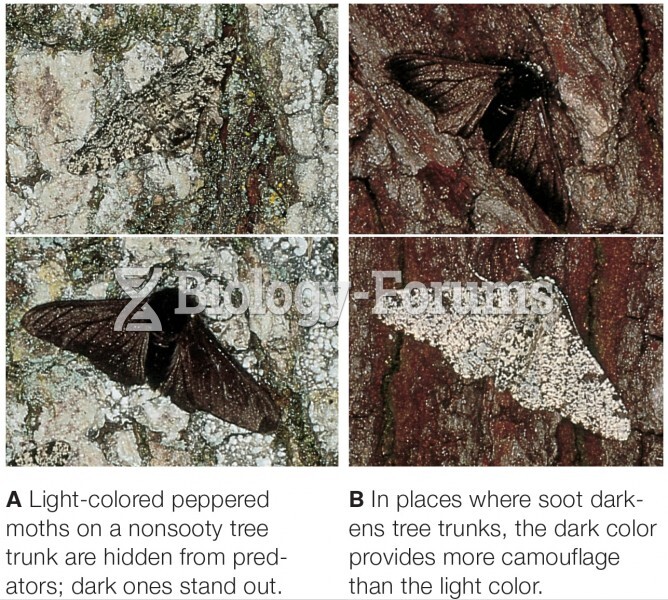|
|
|
The B-complex vitamins and vitamin C are not stored in the body and must be replaced each day.
About one in five American adults and teenagers have had a genital herpes infection—and most of them don't know it. People with genital herpes have at least twice the risk of becoming infected with HIV if exposed to it than those people who do not have genital herpes.
Giardia is one of the most common intestinal parasites worldwide, and infects up to 20% of the world population, mostly in poorer countries with inadequate sanitation. Infections are most common in children, though chronic Giardia is more common in adults.
Earwax has antimicrobial properties that reduce the viability of bacteria and fungus in the human ear.
The FDA recognizes 118 routes of administration.







